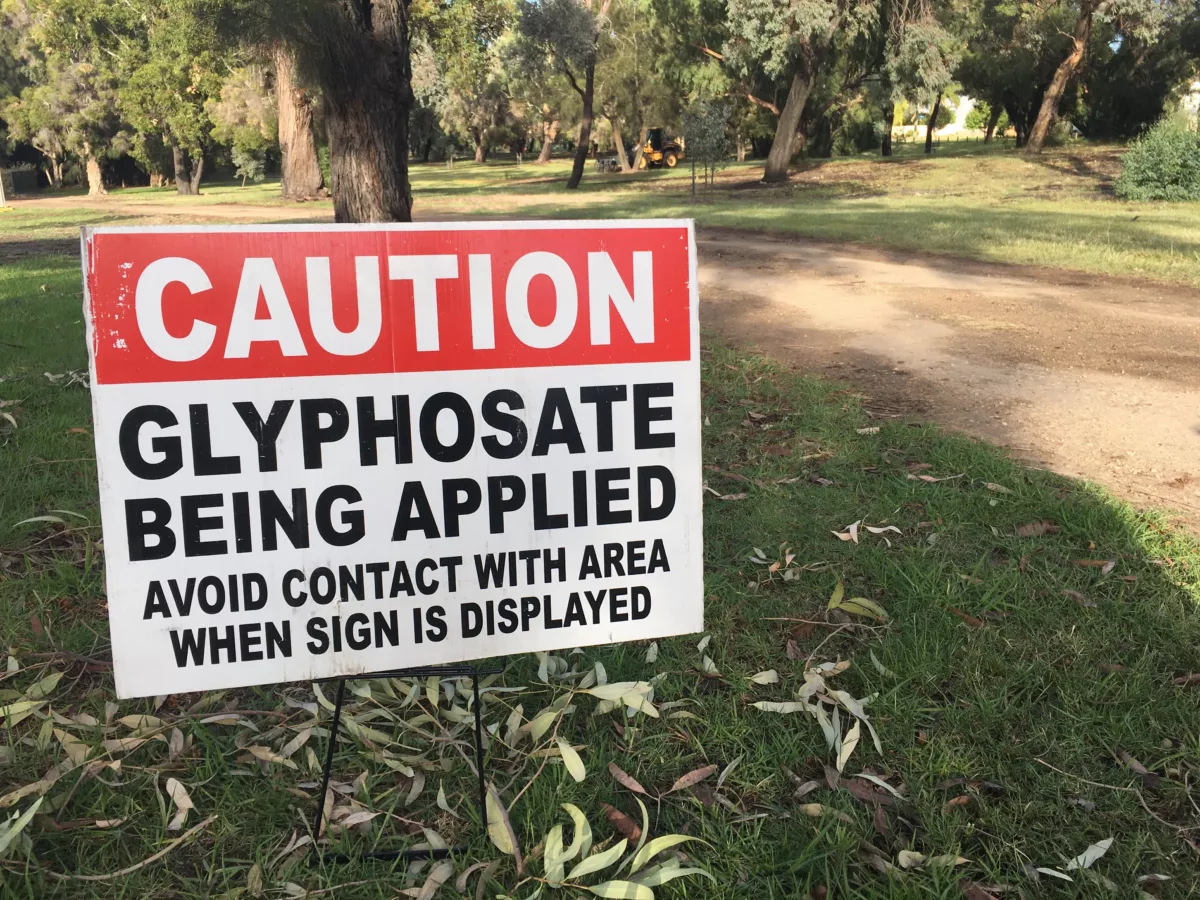Health Canada Confirms Presence of Plasmid DNA in mRNA Vaccines, Including the SV40 Sequence
By Dr. Mark Trozzi, MD.
With all the world’s attention on Israel and Palestine in recent weeks, you may have missed Health Canada’s bombshell confirmation that vials of mRNA Covid-19 injections manufactured by Pfizer and Moderna are contaminated with plasmid DNA. (bit.ly/47MgAd1)
Most concerning is that the undisclosed and seemingly deliberate integration of the Simian Virus 40 (SV40) promotor sequence in the Pfizer vials poses serious risks of cancer and harm to the immune systems of those injected. These discoveries have serious health implications, as well as important implications for civil and criminal liability of the manufacturers of these products.
These injections were labelled as ‘safe and effective vaccines’. However, analysis of the ingredients listed in the fine print revealed trillions of copies of mRNA for a patented coronavirus spike protein, packaged in a lipid nanotechnology delivery system that penetrates all tissues and cells. Even doctors and patients who did their research and understood how different this product was from anything previously called a vaccine were unable to facilitate or give informed consent, as the presence of DNA and additional genetic sequences were undeclared.
Don’t lose touch with uncensored news! Join our mailing list today.
On 9 October 2023, the World Council for Health (WCH) held an expert panel that confirmed the findings by multiple laboratories of DNA contamination, and discussed the implications. This expert hearing was hosted by Dr Mark Trozzi and Christof Plothe, DO of the WCH, with panelists Kevin McKernan, Dr Janci Lindsay, Prof. Sucharit Bhakdi, Prof. Alexandra HenrionCaude, Assoc Prof Byram Bridle, Dr Peter Mc Cullough, Prof Brigitte König, Dr Jessica Rose, and attorney Katie Ashby-Koppens.
Ten days later, Health Canada became the first national regulator to make a statement. They declared that they were aware of some low levels of DNA contamination but had not been aware of the presence of the SV40 promoter or other additional genetic sequences. This is not surprising because the product provided to the medical regulators to test appears to be different from that distributed to the population.
We are unfortunately accustomed to issues of contamination of our food, water, air, and soil. However this ‘DNA contamination’ of the Covid-19 ‘vaccines’ involves injecting unsuspecting persons with substances that might genetically modify them, and that pose multiple serious health risks both to them and to their offspring.
Even a normal vaccine requires a decade of monitoring to assess its safety and effectiveness. These genetic therapies were imposed on the world’s population after only two months of experiments on humans. Those experiments were riddled with the intent to obfuscate safety concerns and dramatise the benefits of the product. Furthermore, we do not know if those experiments were carried out with the clean mRNA products that the manufacturers had handed to governments for approval, or the highly DNA-contaminated products which they then distributed and administered to the world’s population.
In fact, in Pfizer’s highly flawed two-month clinical human experiment prior to the emergency approval of their product, there were more deaths among the ‘vaccinated’ test subjects than the ‘unvaccinated’ control group. Recent analysis has revealed that, so far, these novel injections have most likely caused at least 17 million deaths and hundreds of millions of severe injuries worldwide. (bit.ly/40X8bRL)
In April 2023, Kevin McKernan and colleagues reported on the discovery of high levels of contamination of mRNA injection vials with plasmid DNA, including the gene sequence for the SV40 promotor (McKernan et al., 2023, osf.io/b9t7m/). Since then, medical regulators were alerted to this problem but, until recently, there had been no replies or feedback from any of them. Health Canada is the first medical regulator to have confirmed the presence of one SV40 DNA sequence in the Pfizer Covid-19 injections, which the manufacturer had not previously highlighted. More recently, the European Medicines Agency (EMA) confirmed the same. (bit.ly/3uz0aXj)
The Epoch Times immediately contacted Health Canada about this, and they confirmed that, “Although the full DNA sequence of the Pfizer plasmid was provided at the time of initial filing, the sponsor did not specifically identify the SV40 sequence.”
The regulator said that after genomics experts Kevin McKernan and Dr Phillip J. Buckhaults earlier this year publicly raised the issue of the presence of SV40 enhancers in the vaccines to The Epoch Times, “… it was possible for Health Canada to confirm the presence of the enhancer based on the plasmid DNA sequence submitted by Pfizer against the published SV40 enhancer sequence.”
Kevin McKernan and Dr Jessica Rose, both panelists at the WCH expert hearing, are among the authors of a preprint study released in October 2023, confirming the same contamination in all the vials examined in Ontario, Canada (Speicher et al, 2023, osf.io/mjc97). The data they present demonstrates the presence of billions to hundreds of billions of DNA molecules per dose in these injections. All of them exceed—by between 188- and 509-fold—the guidelines set by the FDA and WHO for residual DNA of 10 nanograms per dose.
“The current regulatory standards for DNA contamination are woefully inappropriate as they do not consider the source, i.e. whether it is intact, replicable plasmid, or residual chopped-up random DNA. The standards do not account for the newer LNP delivery system, which delivers this DNA even into the nucleus of cells. They do not consider the type of DNA and if there is a strong regulatory element such as an intact promoter, especially one that is known as a strong promoter of mammalian gene expression, such as SV40.” –Dr Janci C Lindsay, PhD, Toxicologist, Molecular Biologist
It is vital to understand the information presented in the preprints released by McKernan et al. and Speicher et al., yet this is highly technical and not easy to understand. The following sections offer explanations of terms and techniques to assist members of the public to make sense of these findings and to participate in discussions arising from these recent discoveries.
What are plasmids and why are they relevant?
Plasmids (or plasmid DNA, pDNA) are small circles of double-stranded DNA found within bacteria, such as E. coli. The biotech industry uses ‘designer plasmids’ inserted into bacteria to amplify specific DNA sequences and produce a number of pharmaceutical products, including insulin, human growth hormone, and the mRNA in the Covid-19 injections.
To mass-produce mRNA for the Covid-19 injections, DNA that codes for the spike protein was spliced into a plasmid and inserted into E. coli bacteria, which were then cultured in fermentation vats, producing multiple copies of the required DNA blueprint. This plasmid DNA was then used to create corresponding mRNA for the injections. At this point, the plasmid DNA was supposed to be removed from the mRNA product. But this purification step was not carried out properly by Pfizer and Moderna, resulting in multiple labs confirming that approximately 35% of the genetic material in the injection vials is plasmid DNA, not the advertised mRNA.
In fact, Pfizer and Moderna applied for and received emergency use authorization to manufacture the mRNA Covid-19 ‘vaccines’ using a different and cleaner method than the one described above, which they used to mass produce the injections that were distributed and injected into most of the world’s population. This represents a ‘bait and switch’, which is arguably a fraud that cancels their shield of legal indemnity for harms caused by these ‘vaccines’.
The goal of the Covid-19 injections was to introduce mRNA coding for the spike protein into human cells, which would then produce the spike protein. This in turn would generate an immune response, resulting in immunity to SARS-CoV-2. These mRNA molecules were encapsulated within pegylated lipid nanoparticles (pegLNPs), a nanotechnology delivery system that allows them to pass through the cell membrane, and also protects them from being destroyed by enzymes in the cell.
What we were not told is that the undesired plasmid DNA, which contains multiple genetic sequences, was also encapsulated within the pegLNPs along with the intended mRNA. Once injected, these pegLNPs can travel to and penetrate all organs and tissues in the body, where they deliver their genetic payload into all types of cells. In this way, foreign DNA can actually be delivered into the living cells of any tissues in a person’s body.
What is SV40 and why is it relevant?
SV40 is the abbreviation for Simian Virus 40, a tumor-causing DNA polyomavirus (Institute of Medicine, 2002) that was found contaminating polio vaccines produced in the 1950s and 1960s (Garcea & Imperiale, 2003; Vilchez & Butel, 2004). It has been strongly suspected that the SV40 virus was the cause of cancers in people who were injected with those contaminated polio vaccines.
Pfizer’s COVID-19 mRNA injections do not contain the complete SV40 virus but rather SV40 genetic sequences. One of these, the SV40 promoter genetic sequence, can facilitate the transport of foreign DNA into the nuclei of our cells, and its integration into our chromosomes. This is tantamount to the genetic modification of humans.
Unfortunately, this genetic sequence can facilitate the entry of potentially oncogenic (cancer-causing) factors into our cells and can also facilitate the access of plasmid DNA into the nuclei of cells, potentially causing ‘insertional mutagenesis’ (a mutation resulting from the insertion of exogenous DNA into the genome).
While the pegLNPs promote entry of the mRNA into the cell, the SV40 promoter can actually carry the genetic material into the nucleus. David Dean, Professor of Pediatrics at the University of Rochester Medical Center, said about this process:
Furthermore, we have demonstrated that portions of the 72 bp SV40 enhancer are required for the nuclear entry of plasmid DNA in all eukaryotic cells tested to date; plasmids not containing this sequence remain in the cytoplasm until cell division, whereas plasmids containing the enhancer migrate to the nucleus within several hours …
Dr Dean goes further, saying that any surviving plasmids in the cell can integrate into the cell nucleus during cell division, even without a transfectant (SV40 promotor). Transfectants like SV40 promoters and LNPs guarantee plasmid integration into cell DNA; but even if they didn’t, the plasmids could still integrate into our chromosomes.
When a modified plasmid sequence (including the SV40 promotor) is introduced into a human cell, it can integrate into the host cell’s chromosomal DNA through homologous recombination or non-homologous endjoining. Homologous recombination occurs when the plasmid sequence shares some similarity with the target chromosomal DNA, facilitating the integration. This has the potential of integrating DNA into genes, mutating them, and potentially causing cancer.
Once combined, the plasmid DNA sequences, including the SV40 promoter, can become a permanent part of the cell’s genome. This foreign DNA may then be read by the cell’s transcriptional machinery, producing corresponding messenger RNA. This is then transported out of the nucleus into the cytoplasm of the cell, where it is used to produce specific proteins. These same cellular mechanisms can recognise and use the SV40 promoter to initiate the transcription of nearby genes. Depending on the location of the integrated plasmid and regulatory elements, this could include the expression of oncogenes (genes associated with cancer) or other genes, depending on the location and regulatory elements near the integrated plasmid.
There has been an unprecedented rise in cancer since the Covid-19 injections were rolled out. This includes extremely aggressive cancers being called ‘turbo cancers’. Multiple cancer-causing mechanisms have been found to account for this aspect of the impact of the Covid-19 injections. The SV40 promoter sequence may be another crucial factor in understanding the strong statistical association between the injections and cancer.
Some have suggested that the SV40 enhancer sequence was used in the plasmids to enhance production of more plasmids during the bacterial phase of the manufacturing process. But it is essential to understand that the SV40 sequence does not work in bacteria. It only works in the cells of mammals, including humans. So why was it designed into the plasmids when it could serve no honest purpose there?
Why is non-disclosure by the manufacturers of the presence of plasmid DNA in the injections important?
The fact that the producers of the mRNA injection failed to inform the regulators of the SV40 promotor sequence has far-reaching consequences. It is not just a toxin that could potentially be removed from the victims once identified; rather, it is genetic material that has the potential to integrate foreign DNA into the human genome. This raises the possibility that a majority of humans on this planet could by now essentially be genetically modified, not to mention generations to come. We do not know at this stage whether or not this is the case, but thousands of scientists and doctors demand an immediate halt to all Covid-19 genetic ‘vaccine’ campaigns. No one should be injected with these products!
In the 1980s, the vaccine industry was freed of all liability for any side effects from any vaccine administered, making it very difficult for injured persons or families of deceased persons to obtain compensation. This is also the case with the COVID-19 injections, and there is no doubt that, had this not been the case, this novel and experimental gene therapy would never have been released to the entire world.
A vital court ruling was recently made in Michigan, USA. Specifically, the court ruled that a contaminated version of the medical product would render the pharmaceutical company’s legal indemnity null and void, as the product, but not any contaminants, is subject to legal indemnity. Failing to disclose a bio-active component goes one step further. This is a clear violation of existing manufacturing principles and laws and should have legal consequences.
At a minimum, the manufacturers of these injections must be held liable for injuries, deaths, and any other damages resulting from these contaminated products.
Implications for informed consent
Nuremberg Code promulgated after World War Two clearly states that no medication should be used on the public without informed consent. Even in the absence of the now-confirmed DNA contamination, informed consent was already impossible, bearing in mind the short duration of approval trials, the lack of animal studies, the unforeseeable consequences of experimental gene therapy, and many other reasons. However, the lack of transparency regarding the presence of plasmid DNA, with its potentially gene-modifying and cancer-inducing ingredients, has made it impossible for even the most diligent of doctors to inform their patients. Informed consent for these injections does not exist, and never has.
The Precautionary Principle now demands that Health Canada and medical regulators of all countries using these ‘vaccines’, or any proposed experimental mRNA injections, stop their distribution and administration immediately. Additionally, state-funded media organisations must promptly alert the public. It is their duty to serve the public, not the pharmaceutic industry. We call upon all persons to alert others, help stop these injections, and protect innocent lives.
Many organisations, including the WCH in its Covid-19 Vaccine Pharmacovigilance Report, have previously raised the alarm and called for a halt to the Covid-19 genetic ‘vaccines’. The WCH now calls upon all national and international health regulatory bodies and health agencies to halt the Covid-19 ‘vaccines’ and take immediate steps to protect the public.
This article was originally published by worldcouncilforhealth.org. All sources for this article can be found on the World Council for Health’s Substack at worldcouncilforhealth.substack.com















